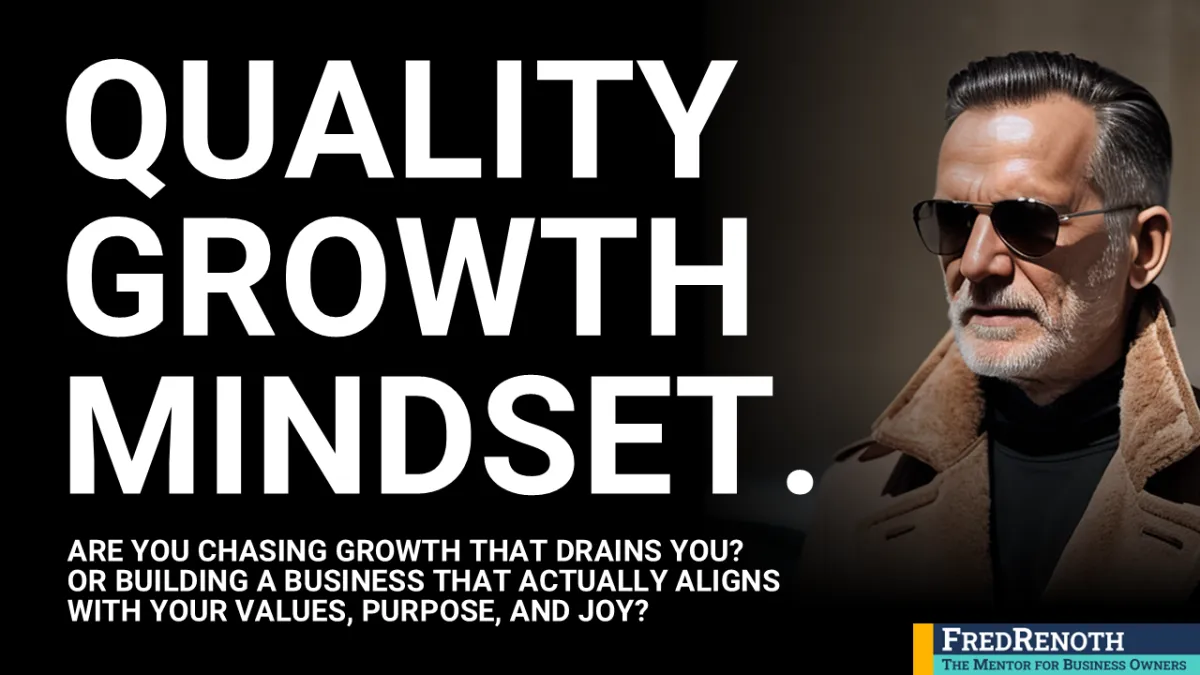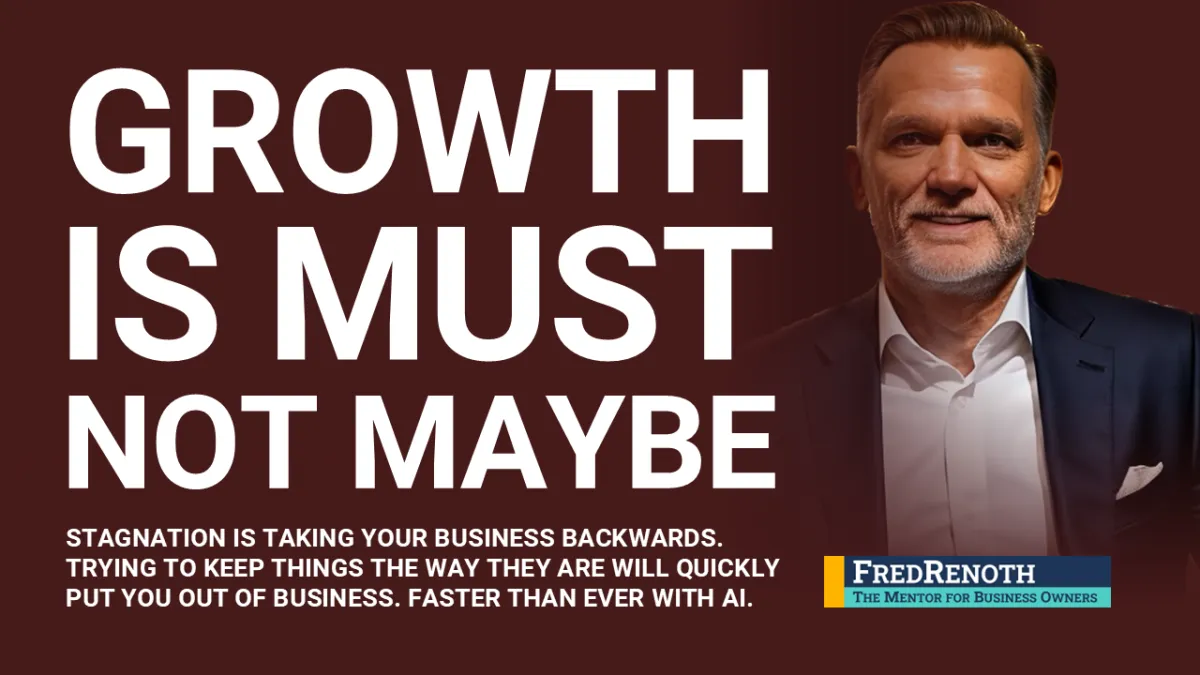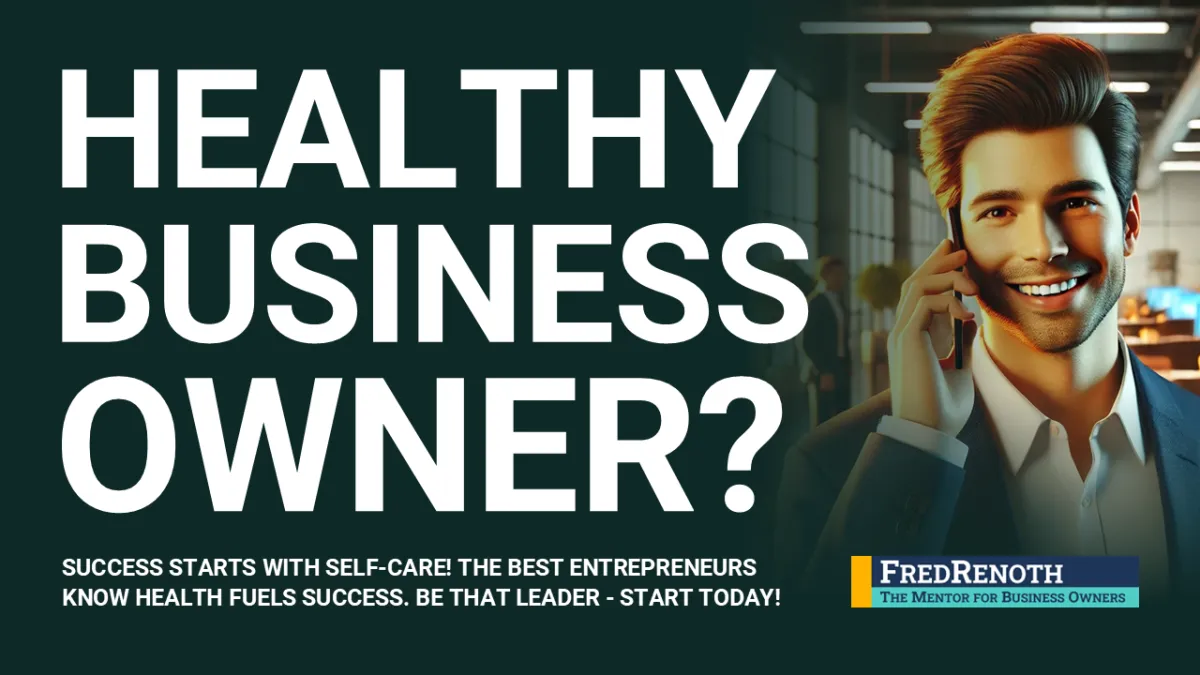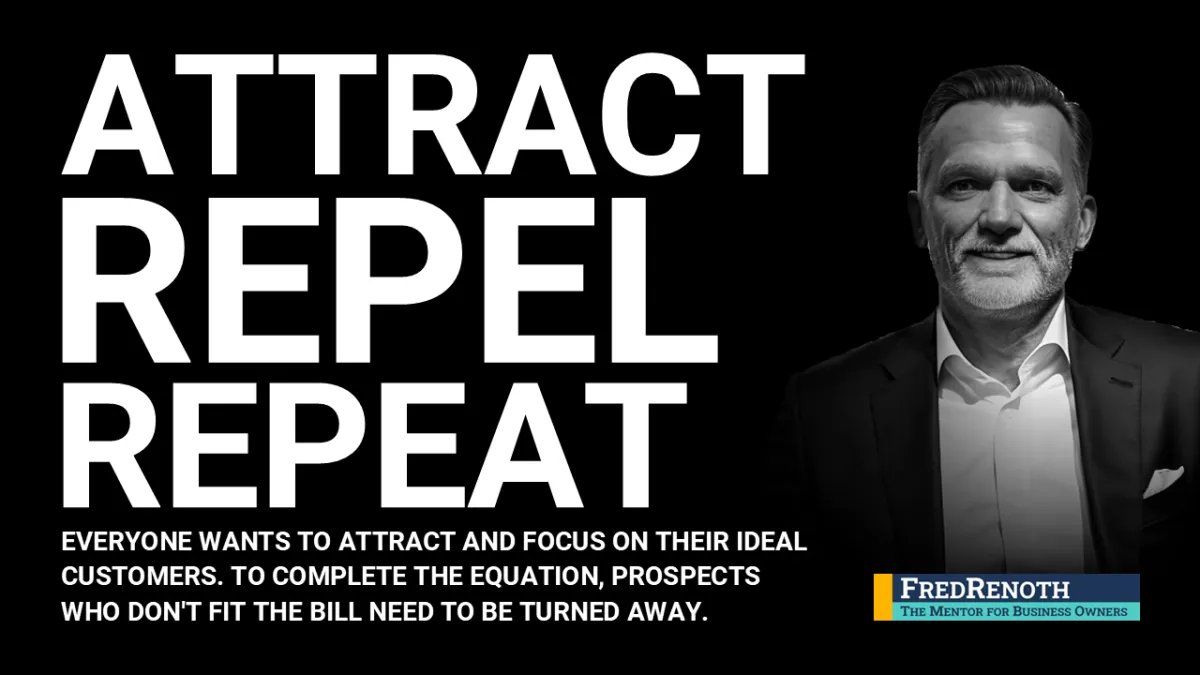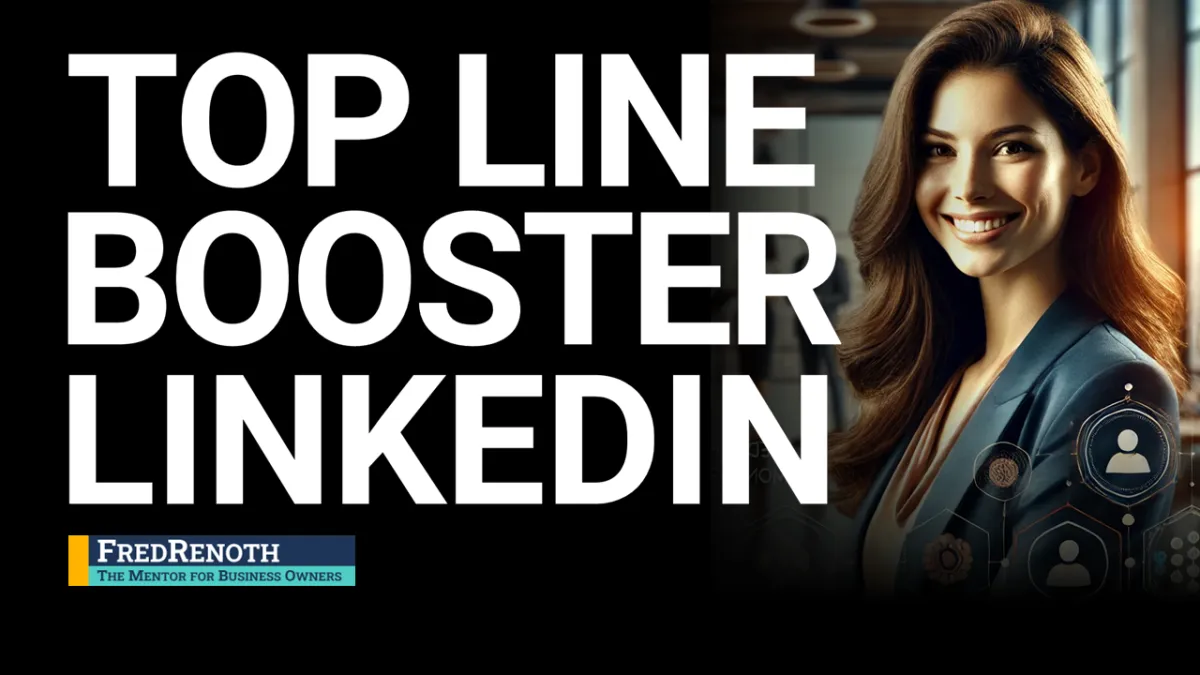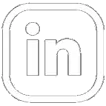


Welcome to Fred's
the Healthy Business BLOG
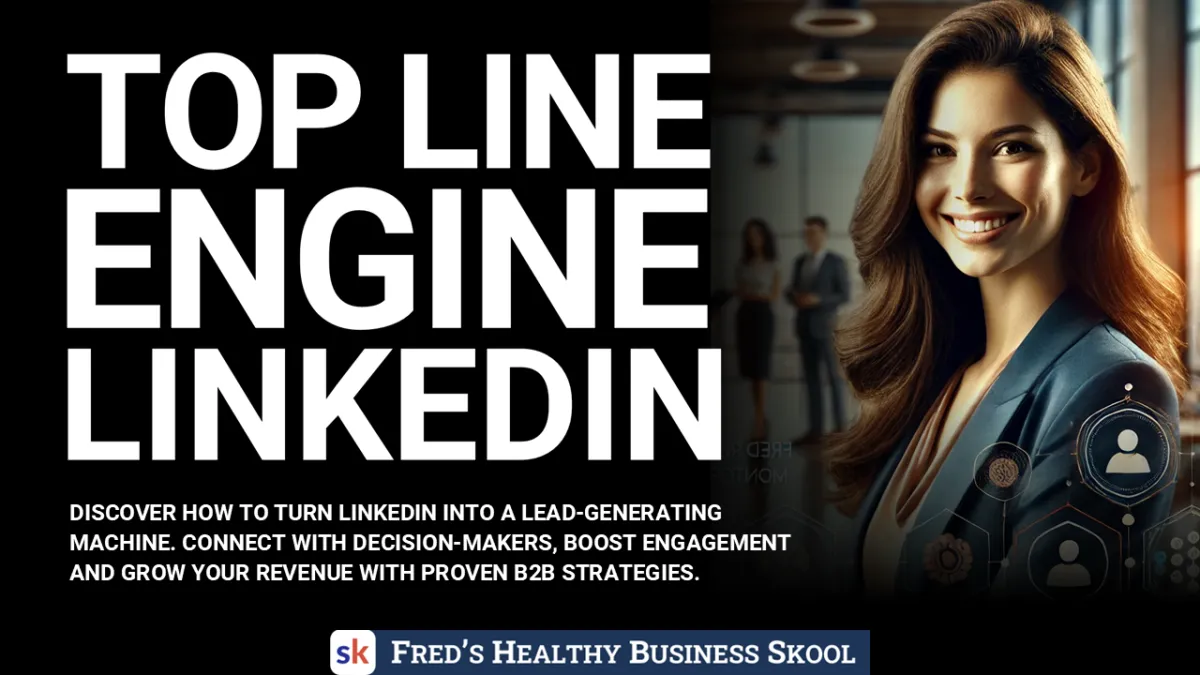
Unlock Explosive Business Growth: How to Boost Your Top-Line with LinkedIn
If your business has a steady flow of new customers, this article probably isn't for you. You've already figured it out. But if you're like most business owners and are dealing with the daily challenge of finding new customers and growing your revenue, then this article is for you.
Maybe you've been relying on the same sources for leads - referrals, word of mouth, cold emails - or maybe you've dabbled in paid advertising, which feels like burning money.
Sure, these methods can work, but what if there are other opportunities right under your nose? If you're not getting inbound leads through social media, you're missing out.
When it Comes to B2B Social Media - LinkedIn Stands Out.
So, why LinkedIn? Our research and the success of many companies show some compelling reasons.
The Critical Need for New Leads and Customers
Every business has one thing in common: without customers, it doesn't exist. Leads are super important for any business, whether you're a solopreneur, a small business, or a large corporation.
Think about it. You can have the best product, the slickest website, or even the most talented team. But if no one knows about you, your business will stagnate. Growth comes from new opportunities - new customers, bigger contracts, new markets.
The truth is, no matter how great your current customer base is, people move on. Contracts end. Markets change. Competitors emerge. If you're not consistently bringing new business on board, you're at risk. It's like trying to fill a leaky bucket without adding water.
What Happens Without a Reliable Lead Generation System?
Picture this: it's the end of the quarter, and your sales are, well, pretty much where they were at the beginning. You're making calls, sending emails, and hoping for the best. The pressure's on, and all of a sudden, business feels less like a strategic journey and more like survival mode.
If you don't have a system in place to keep generating leads, you're always reacting instead of leading the charge. Some months are great, others are dry. You're losing sleep, wondering where the next deal will come from. Your revenue becomes all over the place, and that's not good for growth.
You might start making rash decisions, like offering unnecessary discounts, chasing the wrong customers, or wasting time on low-value activities. This isn't a long-term solution. And you know it.
But here's the good news: it doesn't have to be this way.
The Solution: Why LinkedIn Is the Ultimate B2B Lead Generation Tool
Let's get straight to the point. LinkedIn isn't just another social media platform. It's a B2B powerhouse where decision-makers, industry leaders, and potential clients are actively engaging every single day.
LinkedIn should be your go-to tool for generating leads, and here's why: You can access decision-makers. LinkedIn has over 1 billion users worldwide, with 230 million in the U.S. alone. Among them, 61 million are senior-level influencers, and 40 million are in decision-making roles. That's not just an audience - that's your ideal audience.
Plus, they're highly engaged. About 40% of LinkedIn users log in daily, and companies that post regularly see 5.6 times more follower growth. Unlike other platforms that are filled with cat memes and vacation photos, LinkedIn's audience is there to do business.
Content that actually works. Over 3 million members publish content weekly, and posts with images get twice the engagement. And video content gets even better engagement. And video gets even better - it gets five times more engagement. It's not just random scrolling; it's professionals looking for value.
It's the go-to platform for B2B leads. LinkedIn is responsible for 80% of all B2B leads generated through social media. That's right - 80%! If you're not leveraging this platform, you're missing out on potential revenue.
And it's not just me saying that - the numbers back it up. Nearly 16% of U.S. users log in daily, and 48.5% are active monthly. So, your content isn't just disappearing into thin air. It's reaching an audience that's ready to engage.
So why aren't more businesses crushing it on LinkedIn?
Why Most Businesses Fail at LinkedIn (And How You Can Avoid Their Mistakes)
Even though LinkedIn has a lot of potential, a lot of businesses have a hard time using it. Here's the deal:
They don't really get how powerful it is. A lot of companies still see it as just a digital résumé platform or a place to post job openings. They don't realize that it's the perfect place for B2B marketing and lead generation.
They also have a poor content strategy. Posting generic "corporate speak" just doesn't cut it. People want authenticity, insights, and stories. Without a clear content strategy, most posts fall flat.
And then there's the whole inconsistent activity thing. Posting once a month and expecting results is a recipe for failure. It's like going to the gym twice a year and expecting to see six-pack abs. Consistency is key.
Avoiding salesy content is also important. Some businesses worry about coming across as too pushy. But here's the thing: LinkedIn is a business platform. People expect professional outreach, as long as it's done right.
Not using LinkedIn's tools to their full potential. They've got some pretty cool tools for finding the right audience, like Sales Navigator and advanced search filters. Most businesses either don't know about these tools or don't use them effectively.
Building Your LinkedIn Marketing & Sales Engine
Hey, ready to turn LinkedIn into your own lead generation machine? Here's a step-by-step strategy.
First, you'll want to optimize your LinkedIn profile (personal and company pages). Your profile is more than just your résumé - it's a landing page for potential clients. Make a headline that speaks directly to your target audience. Use the "About" section to tell your story: who you help, how you help, and why it matters. Add a banner with a clear call-to-action.
Build a targeted network. You don't need thousands of random connections. You want to connect with the right people - decision-makers in your industry. Use LinkedIn's search filters to find them. Send personalized connection requests. Skip the generic "Let's connect" messages. Instead, mention something specific about their work to start the relationship on the right foot.
Share content that converts. Content is king, but engagement is queen. Post regularly - at least 3 times a week. Share valuable insights, tell stories, and spark conversations. Use eye-catching hooks in your opening lines and end with calls-to-action to encourage comments and shares.
Also, don't be pushy when you reach out to people. Once you've connected, hold off on the sales pitch. Start genuine conversations. Comment on their posts, congratulate them on achievements, and then offer value - like a free resource or industry insight. When the timing feels right, suggest a quick call.
And don't forget to track, analyze, and improve. What gets measured gets managed. Keep an eye on connection acceptance rates, response rates, content engagement, and conversion metrics. Then, you can tweak your strategy based on what's working and what's not.
Your 5-Point LinkedIn Action Plan to Get Started Today
Take a look at your profile: Make sure it clearly communicates the value you offer.
Know who you're trying to reach. Use LinkedIn's filters to find the decision-makers.
Create a content calendar: Plan out engaging posts for the next month.
Commit to daily engagement: Set aside 15–30 minutes a day to connect, comment, and start conversations.
Then, review and refine your approach. At the end of each month, look at your results and adjust your approach.
Final Thoughts: LinkedIn Is Your Growth Engine
LinkedIn isn’t just a platform - it’s a business growth engine. But like any engine, it needs the right fuel: strategy, consistency, and authentic engagement. Don’t be the business that scrolls past opportunities. Be the business that seizes them.
Your next client is probably on LinkedIn right now. The question is - will they find you?
Want to Take it a Step Further?
Enjoyed this article?
It may give you a taste of what we talk about with our clients in the FredRenoth Mentoring Program.
Check out our website (CLICK HERE FOR WEBSITE).
And, of course, I'm ready to answer all your questions in a Value Call. Just click the button below.
Like What you Read?
Get my weekly updates sent straight to your inbox. Just CLICK HERE to sign up.
Copyright 2025 Sysbizz LLC - All Rights Reserved



